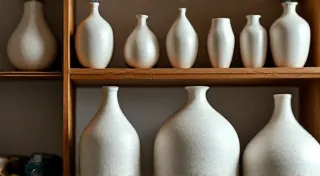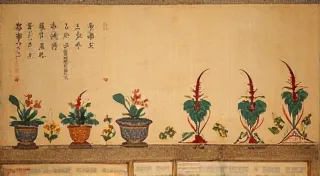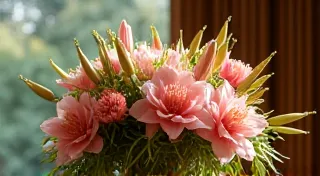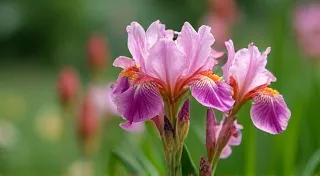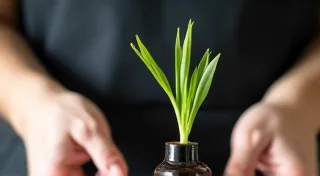The History of Ikebana: Tracing Its Roots
Ikebana, the Japanese art of flower arranging, is far more than simply placing flowers in a vase. It's a deeply symbolic practice with a rich and complex history, interwoven with religious rituals, philosophical principles, and evolving aesthetic ideals. Understanding this history is key to appreciating the art form’s profound beauty and meaning. Let’s delve into the fascinating evolution of Ikebana.
Early Origins: Buddhist Offerings (6th - 15th Centuries)
The origins of Ikebana can be traced back to the 6th century, coinciding with the introduction of Buddhism to Japan from Korea. Initially, offerings of flowers were made to the Buddha as a sign of reverence and respect. These early arrangements, known as kuge, were relatively simple, often consisting of a few carefully selected blossoms presented in symmetrical arrangements. The focus was on purity and symbolism rather than elaborate design. These floral offerings were an essential part of Buddhist rituals and served as a tangible expression of devotion.
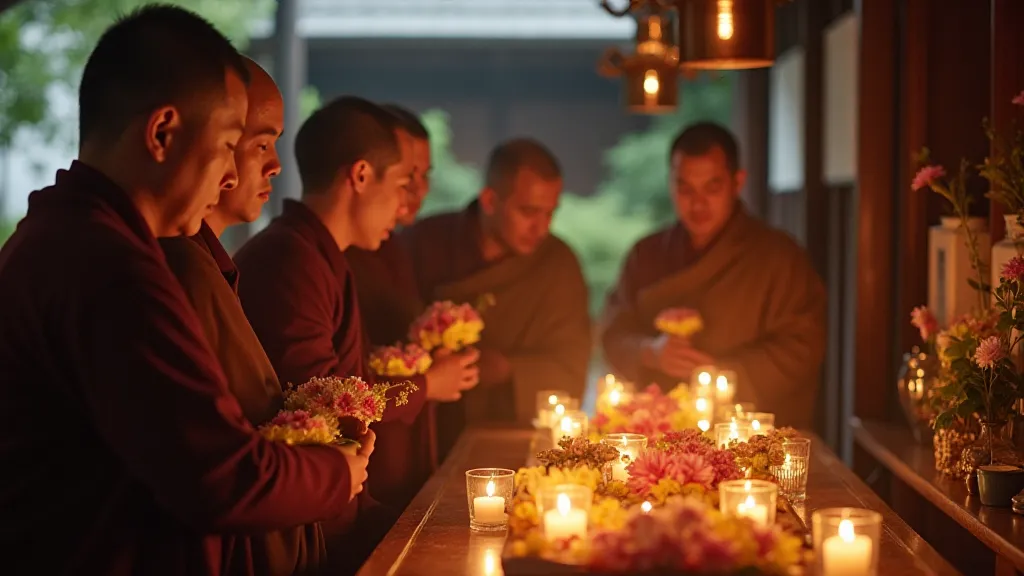
The Birth of Ikenobo: A Family Tradition (15th - 16th Centuries)
The pivotal moment in Ikebana's history occurred in the 15th century at the Rokkakudo temple in Kyoto. The temple's head priest, Sen no Rikyu, and his family, began developing more formalized approaches to these floral offerings. Rikyu's descendants, forming the Ikenobo school, meticulously documented and refined these practices, creating a recognizable lineage and structure. The Ikenobo school, still thriving today, is considered the oldest and most prestigious school of Ikebana. They systematized arrangement principles and developed the 'tall vase' (Rikka) style – a highly structured and complex form that sought to represent sacred landscapes.
The Development of New Schools and Styles (16th - 19th Centuries)
As Ikebana flourished, different schools and styles emerged, each with its unique philosophy and aesthetic. The 16th century saw the rise of the Ohara school, which championed a more naturalistic approach, drawing inspiration directly from the surrounding landscape. This style emphasized the use of seasonal flowers and foliage, carefully selected to create a sense of realism and harmony. The Sogetsu school, founded in the 20th century, took a more avant-garde approach, encouraging experimentation and breaking away from traditional forms. This period showcased a broader acceptance of asymmetrical designs and unconventional materials.
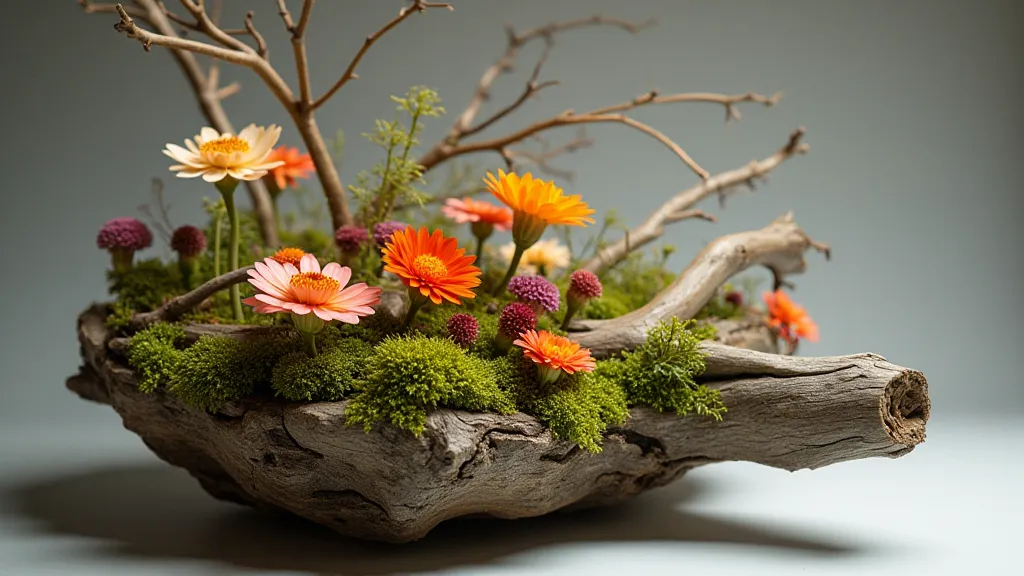
Modern Ikebana: Innovation and Preservation (20th Century - Present)
In the 20th and 21st centuries, Ikebana continued to evolve. While traditional forms remain highly valued and practiced, modern Ikebana artists have embraced innovation, incorporating contemporary materials and techniques. Despite these changes, a deep respect for the art's roots remains. The principles of harmony, balance, and reverence for nature that have guided Ikebana for centuries continue to shape the practice. Modern practitioners strive to find a balance between honoring tradition and pushing creative boundaries.
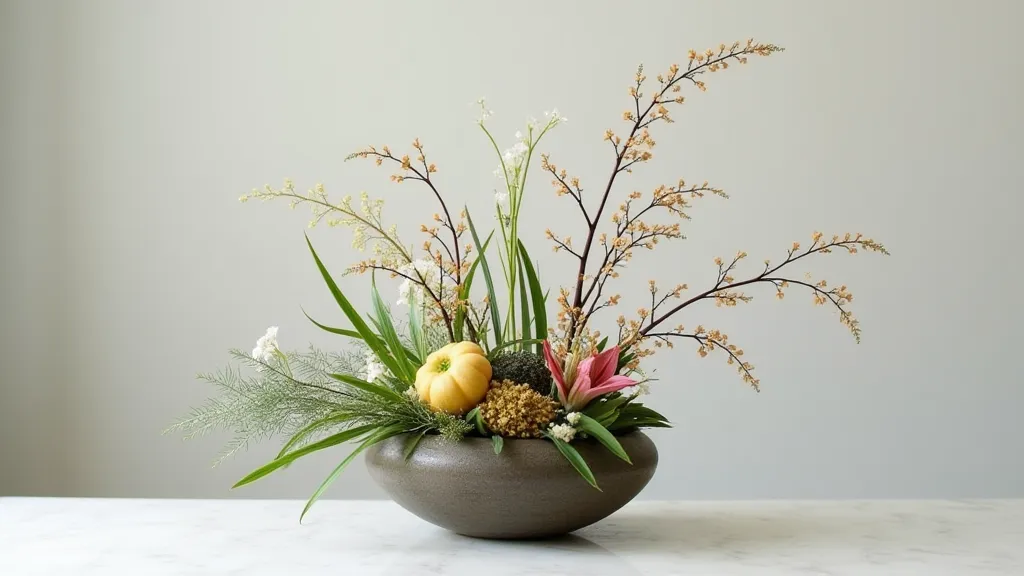
Conclusion
The history of Ikebana is a testament to the enduring power of art and the human desire to connect with nature. From its humble beginnings as Buddhist offerings to its vibrant and diverse modern expressions, Ikebana embodies a profound appreciation for beauty, harmony, and the cyclical nature of life. By understanding its rich history, we can gain a deeper appreciation for the artistic and spiritual significance of this beautiful Japanese art form.
